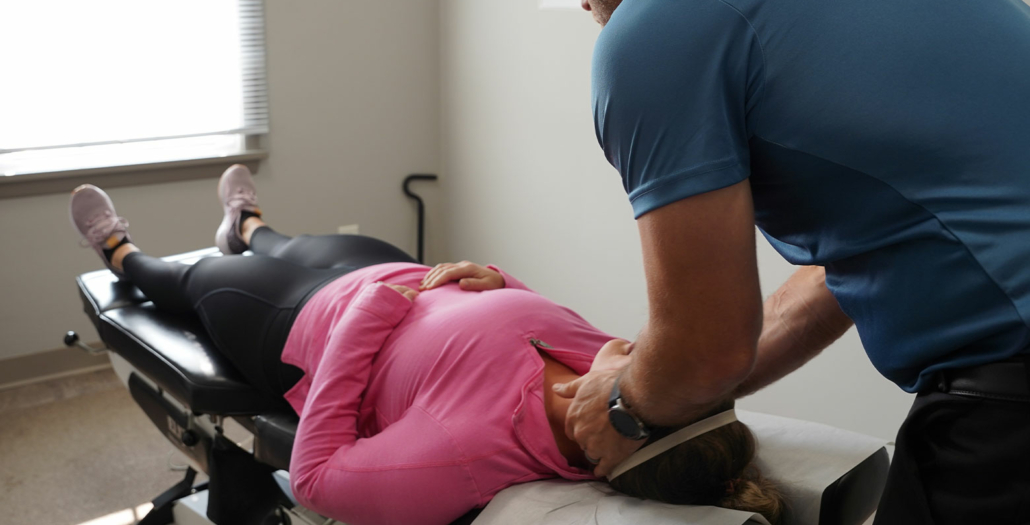Discover Your Perfect Healer Today!
Our online practitioner directory connects you with a wide range of healers to suit your unique needs.
Easily search and find the right professional to support your wellness journey.
Start exploring today to find your perfect match.
Modality
Disease
Books
Products
Events
Training
Blogs
Massage therapy
Integrating Massage Therapy with Conventional & Complementary Care
Massage therapy, previously a luxury spa delight, is now recognized for its therapeutic worth in mainstream and complementary health care. Massage inclusion in your wellness ...
Read More → Written by
James Williams
Massage therapy
Healing Space: How to Practice Massage Therapy at Home?
Massaging at home can be a lovely way to stress out and work in harmony with relaxation. The proper environment, proper techniques, and knowledge of ...
Read More → Written by
James Williams
Dietician
Best Expert for Weight Gain: Dietitian or Nutritionist
Weight management, whether it is gaining or losing weight, is important for overall health and well-being. Dieticians and nutritionists have an important role to play ...
Read More → Written by
John Smith
Nutritionist
A Comprehensive Look at Nutritionists: Careers, Skills, Impact, and Benefits
Read More →
Written by
Web Master
Chiropractor
The Origins and Philosophy Behind Chiropractic Care Explained
Some core ideas about chiropractic treatment such as natural healing and spine remediation are transcended in the history of chiropractic treatment. Towards the end of ...
Read More → Written by
James Williams




